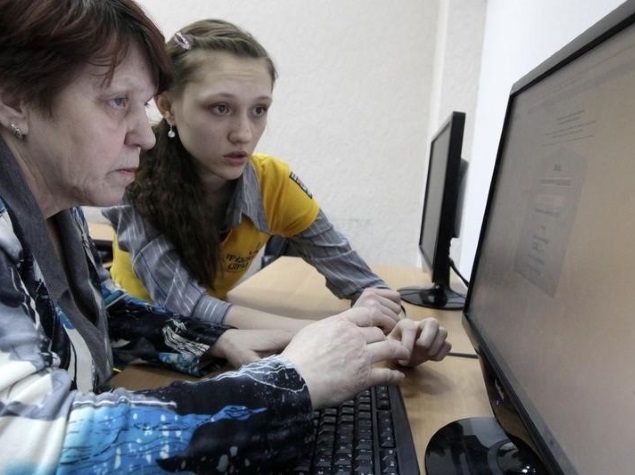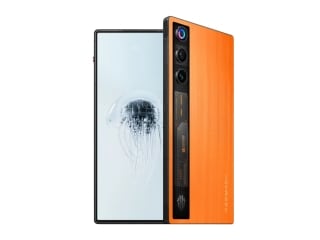- Home
- Science
- Science News
- MIT Develops System That Allows Computers to Teach by Example
MIT Develops System That Allows Computers to Teach by Example

While computers are good at identifying patterns in huge data sets, humans, by contrast, are good at inferring patterns from just a few examples.
The new prototype-based machine learning system bridges these two ways of processing information, so that humans and computers can collaborate to make better decisions, the researchers said.
"In this work, we were looking at whether we could augment a machine-learning technique so that it support people in performing recognition-primed decision-making," said Julie Shah, assistant professor of aeronautics and astronautics at MIT and the study co-author.
In experiments, human participants using the new system were more than 20 percent better at classification tasks than those using a similar system based on existing algorithms.
The MIT researchers made two major modifications to the type of algorithm commonly used in unsupervised learning in which computer simply looks for commonalities in unstructured data.
The first is that the clustering was based not only on data items' shared features, but also on their similarity to some representative example, which the researchers dubbed a "prototype".
The other is rather than simply ranking shared features according to importance, the way a topic-modelling algorithm might, the new algorithm tries to winnow the list of features down to a representative set, which the researchers dubbed a "subspace".
The findings will be presented at Neural Information Processing Society's conference next week in Montreal, Canada.
Get your daily dose of tech news, reviews, and insights, in under 80 characters on Gadgets 360 Turbo. Connect with fellow tech lovers on our Forum. Follow us on X, Facebook, WhatsApp, Threads and Google News for instant updates. Catch all the action on our YouTube channel.
Related Stories
- Samsung Galaxy Unpacked 2025
- ChatGPT
- Redmi Note 14 Pro+
- iPhone 16
- Apple Vision Pro
- Oneplus 12
- OnePlus Nord CE 3 Lite 5G
- iPhone 13
- Xiaomi 14 Pro
- Oppo Find N3
- Tecno Spark Go (2023)
- Realme V30
- Best Phones Under 25000
- Samsung Galaxy S24 Series
- Cryptocurrency
- iQoo 12
- Samsung Galaxy S24 Ultra
- Giottus
- Samsung Galaxy Z Flip 5
- Apple 'Scary Fast'
- Housefull 5
- GoPro Hero 12 Black Review
- Invincible Season 2
- JioGlass
- HD Ready TV
- Laptop Under 50000
- Smartwatch Under 10000
- Latest Mobile Phones
- Compare Phones
- Huawei Nova 15
- Huawei Nova 15 Pro
- Huawei Nova 15 Ultra
- OnePlus 15R
- Realme Narzo 90x 5G
- Realme Narzo 90 5G
- Vivo S50 Pro Mini
- Vivo S50
- Asus ProArt P16
- MacBook Pro 14-inch (M5, 2025)
- Huawei MatePad 11.5 (2026)
- OnePlus Pad Go 2 (5G)
- Huawei Watch 10th Anniversary Edition
- OnePlus Watch Lite
- Acerpure Nitro Z Series 100-inch QLED TV
- Samsung 43 Inch LED Ultra HD (4K) Smart TV (UA43UE81AFULXL)
- Asus ROG Ally
- Nintendo Switch Lite
- Haier 1.6 Ton 5 Star Inverter Split AC (HSU19G-MZAID5BN-INV)
- Haier 1.6 Ton 5 Star Inverter Split AC (HSU19G-MZAIM5BN-INV)

















